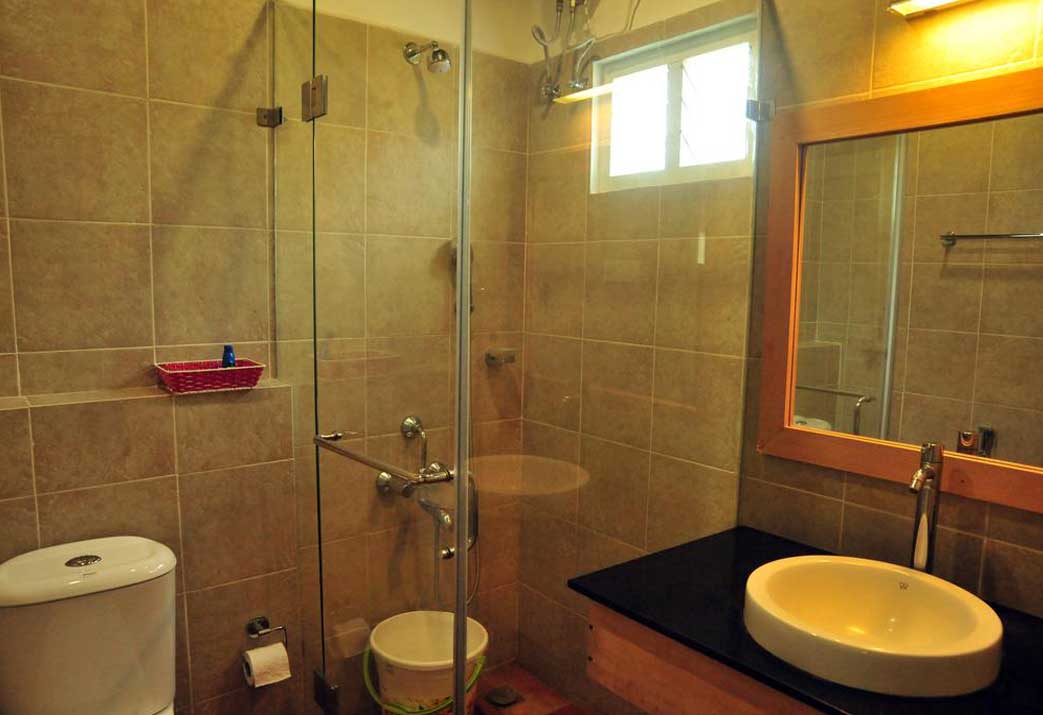
New potatoes will be most flavorful if eaten almost immediately after digging.If the weather has been rainy, wait a few days until the soil dries to begin your harvest.ĭo not refrigerate potatoes the air in a refrigerator is too dry for potatoes and can cause them to shrivel. It is easiest to dig potatoes when the soil is dry.If the potato plant does not die back as the tubers mature, cut the plant off at soil level two weeks before you want to harvest the tubers.If you know how deep the tubers are growing, you can use a garden spade to lift the entire hill. Most of the crop will be on the same level in the top 4 to 6 inches of the soil.Loosen and turn the soil carefully so the potatoes you lift are not damaged. Insert your fork 10 to 18 inches away from the plant stem.Work from the edge of the planting row or bed inwards. Harvest mature potatoes using a spading fork.A dry period will allow skins to “set” or harden which is important for long storage. Between the time the plant dies back and harvest, do not water potato plants.Vines will either die back naturally or, to spur harvest, you can break off the stems at ground level to stop growth.Mature or maincrop potatoes will be ready for harvest 2 to 3 weeks after plants turn yellow and die back-about 100 to 110 days after planting.If the plant is growing in hills of very loose soil, mulch, or straw, you can simply ease your hand into the tuber zone and remove new potatoes.


The potatoes you leave in the ground will grow to become your main crop-your mature tuber crop and the plant will produce new potatoes as well.

First early potatoes-grow rapidly, take little space, and are harvested early to midsummer when they are about the size of an egg.


 0 kommentar(er)
0 kommentar(er)
